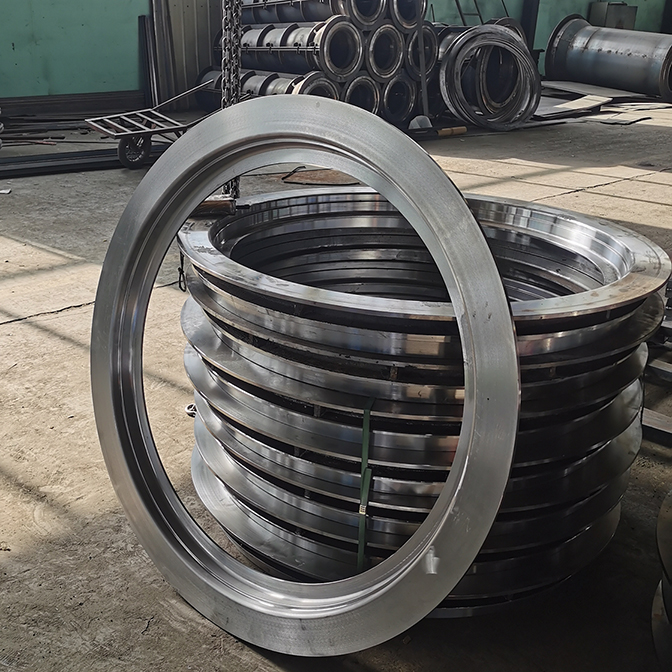- Afrikaans
- Albanian
- Amharic
- Arabic
- Armenian
- Azerbaijani
- Basque
- Belarusian
- Bengali
- Bosnian
- Bulgarian
- Catalan
- Cebuano
- China
- China (Taiwan)
- Corsican
- Croatian
- Czech
- Danish
- Dutch
- English
- Esperanto
- Estonian
- Finnish
- French
- Frisian
- Galician
- Georgian
- German
- Greek
- Gujarati
- Haitian Creole
- hausa
- hawaiian
- Hebrew
- Hindi
- Miao
- Hungarian
- Icelandic
- igbo
- Indonesian
- irish
- Italian
- Japanese
- Javanese
- Kannada
- kazakh
- Khmer
- Rwandese
- Korean
- Kurdish
- Kyrgyz
- Lao
- Latin
- Latvian
- Lithuanian
- Luxembourgish
- Macedonian
- Malgashi
- Malay
- Malayalam
- Maltese
- Maori
- Marathi
- Mongolian
- Myanmar
- Nepali
- Norwegian
- Norwegian
- Occitan
- Pashto
- Persian
- Polish
- Portuguese
- Punjabi
- Romanian
- Russian
- Samoan
- Scottish Gaelic
- Serbian
- Sesotho
- Shona
- Sindhi
- Sinhala
- Slovak
- Slovenian
- Somali
- Spanish
- Sundanese
- Swahili
- Swedish
- Tagalog
- Tajik
- Tamil
- Tatar
- Telugu
- Thai
- Turkish
- Turkmen
- Ukrainian
- Urdu
- Uighur
- Uzbek
- Vietnamese
- Welsh
- Bantu
- Yiddish
- Yoruba
- Zulu
Nov . 12, 2024 17:01 Back to list
pig iron parts
The Importance of Pig Iron Parts in Modern Manufacturing
Pig iron, a foundational material in the metallurgical industry, serves as an essential precursor in the production of various iron and steel products. With its high carbon content and unique properties, pig iron forms the backbone of many manufacturing processes, particularly in the production of iron parts. Understanding the significance of pig iron parts can shed light on their multifaceted roles in modern manufacturing.
Pig iron is produced by smelting iron ore along with coke and limestone in a blast furnace. The result is a crude form of iron known for its brittleness and high carbon content, typically ranging from 3.5% to 4.5%. While pig iron itself is not often used directly in products, it is a critical intermediate for creating cast iron and wrought iron alloys. The versatility of pig iron makes it an indispensable material in various industries, including automotive, construction, and machinery.
One of the primary applications of pig iron parts is in the automotive sector. Components such as engine blocks, exhaust manifolds, and brake discs are often cast from iron derived from pig iron. The high carbon content contributes to the strength and durability of these parts, enhancing their performance and longevity. Furthermore, pig iron's excellent casting qualities allow for intricate designs and complex shapes, which are essential for modern vehicle manufacturing.
pig iron parts

In the construction industry, pig iron parts play a vital role in producing structural elements. Beams, columns, and brackets made from cast iron exhibit high tensile strength and durability, making them suitable for supporting heavy loads in buildings and bridges. Additionally, cast iron has exceptional resistance to wear and fatigue, ensuring the structural integrity of constructions over time.
Moreover, the machinery and equipment sectors benefit greatly from pig iron parts. Machinery components, such as gears, casings, and housings, often utilize cast iron due to its strength and ability to withstand high stress. The wear-resistance of pig iron also helps in reducing maintenance costs, making it a preferred material for industrial applications.
Sustainability is becoming increasingly important in manufacturing. The use of pig iron in recycling processes contributes to environmental sustainability. By utilizing scrap iron in conjunction with pig iron, manufacturers can reduce waste and minimize the reliance on virgin materials, promoting a circular economy.
In conclusion, the significance of pig iron parts is immense in today's manufacturing landscape. From automotive to construction and machinery, pig iron's properties make it an invaluable resource. As industries continue to innovate and emphasize sustainability, the role of pig iron and its derived parts will likely become even more critical, ensuring their place as a cornerstone of modern manufacturing practices.
-
Premium Cast Iron Water Main Pipe: Durable, Corrosion-Resistant
NewsAug.03,2025
-
Durable Cast Iron Water Mains | AI-Optimized Systems
NewsAug.02,2025
-
High-Efficiency Propane Boiler for Baseboard Heat | Save Energy
NewsAug.01,2025
-
Premium Source Suppliers for Various Gray Iron Castings
NewsJul.31,2025
-
Durable Cast Iron Water Main Pipes | Long-Lasting
NewsJul.31,2025
-
High-Quality Cast Iron Water Main Pipe for Durable Infrastructure
NewsJul.30,2025


